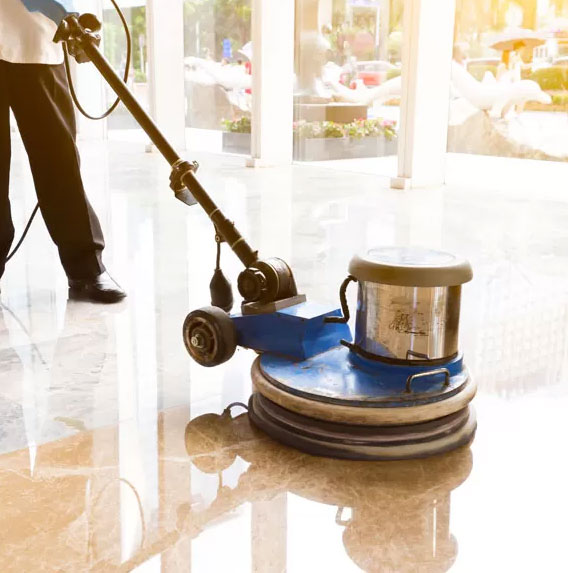Providing building cleaning services involves maintaining cleanliness, hygiene, and sanitation in various types of buildings, including offices, commercial spaces, residential complexes, and industrial facilities. Here's a general overview of building cleaning services:
Building Cleaning Services
Building Cleaning Services
1. Initial Assessment:
- • Client Consultation: Meet with the client to discuss their cleaning needs, preferences, and expectations. Conduct a walkthrough of the building to assess its size, layout, and specific cleaning requirements.
- • Customized Cleaning Plan: Develop a customized cleaning plan tailored to the client's needs and the unique characteristics of the building. Consider factors such as high-traffic areas, sensitive surfaces, and any specialized cleaning tasks.
2. Regular Cleaning Services:
- • General Cleaning: Perform routine cleaning tasks such as dusting, vacuuming, mopping, and wiping surfaces in common areas, offices, restrooms, and other designated spaces.
- • Trash Removal: Empty trash bins and replace liners as needed throughout the building, including in offices, break rooms, and public areas.
- • Restroom Cleaning: Thoroughly clean and sanitize restrooms, including toilets, sinks, countertops, mirrors, and floors. Refill soap dispensers, hand towels, and toilet paper as necessary.
- • Floor Care: Sweep, mop, or vacuum floors to remove dirt, dust, and debris. Use appropriate cleaning methods and products for different types of flooring, such as carpet, tile, hardwood, or vinyl.
- • Window Cleaning: Clean interior windows, glass partitions, and other glass surfaces to maintain clarity and visibility. Pay attention to detail and ensure streak-free results.

3. Specialized Cleaning Services:
- • Carpet and Upholstery Cleaning: Use professional carpet cleaners or steam cleaning equipment to deep clean carpets and upholstery, removing stains, odors, and allergens.
- • Hard Surface Cleaning: Clean and polish hard surfaces such as tile, marble, granite, and concrete to restore shine and luster. Use specialized cleaning agents and equipment as needed.
- • High-Dusting and Cobweb Removal: Use extension poles, dusters, and other equipment to reach high ceilings, light fixtures, vents, and other elevated surfaces for dusting and cobweb removal.
- • Disinfection and Sanitization: Implement thorough disinfection and sanitization protocols to reduce the spread of germs, viruses, and bacteria, especially in high-touch areas and during times of heightened concern (e.g., flu season, pandemics).
4. Quality Assurance:
- • Inspections: Conduct regular inspections of the building to ensure that cleaning standards are being met and maintained. Address any issues or deficiencies promptly.
- Feedback and Communication: Maintain open communication with the client to solicit feedback, address concerns, and make adjustments to the cleaning plan as needed. Strive for continuous improvement and customer satisfaction.
5. Sustainability Practices:
- • Environmentally Friendly Cleaning: Use eco-friendly cleaning products and practices whenever possible to minimize environmental impact and promote sustainability.
- • Waste Management: Implement waste reduction and recycling programs to responsibly manage waste generated during the cleaning process.
- • Energy Efficiency: Use energy-efficient equipment and practices to reduce energy consumption and minimize environmental footprint.
By providing reliable, thorough, and customized cleaning services, you can help create a clean, safe, and welcoming environment for building occupants and visitors alike.

